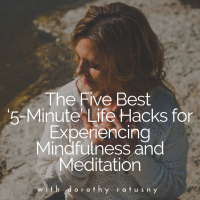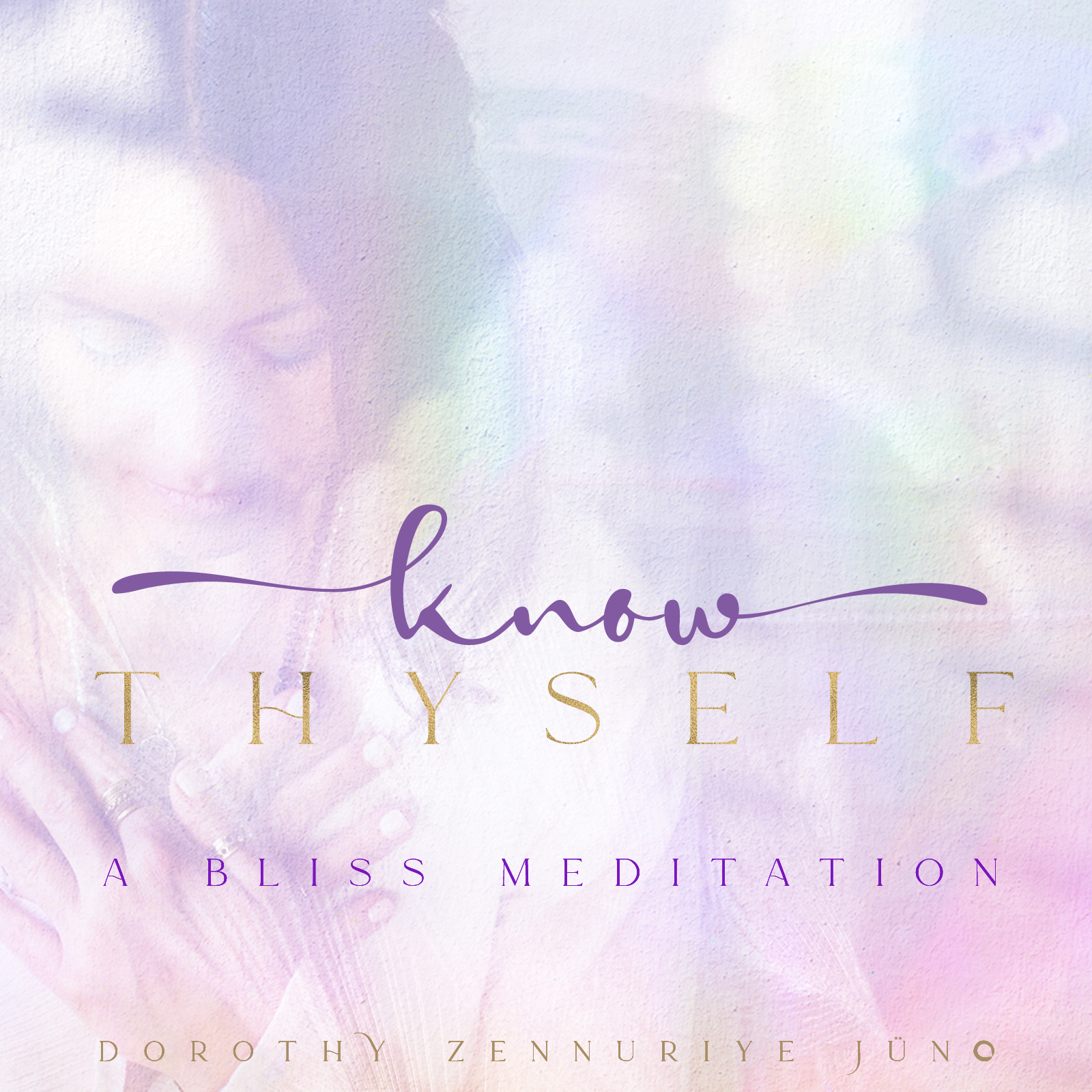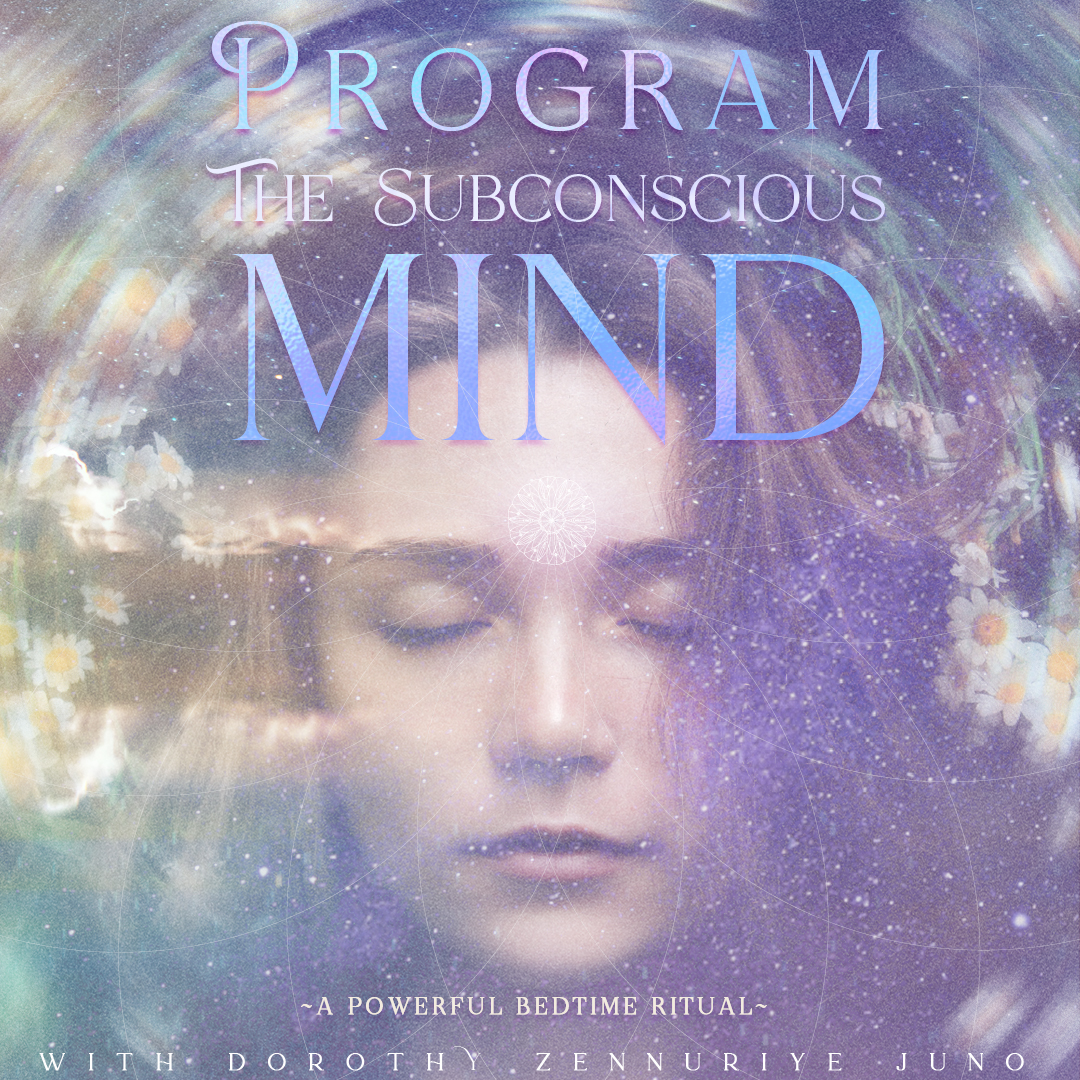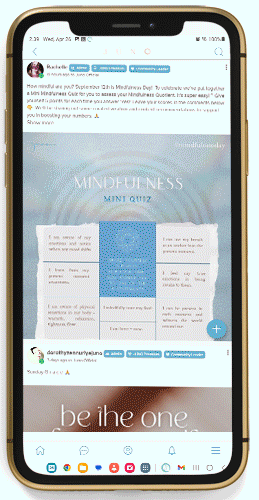Meditation and Mindfulness can best be practised for short periods of time, and often. Especially if you are new to these practices or if you are wishing to develop a habit of mindfulness and meditation as a regular part of your life; these 5-minute life hacks will enrich your present moment experiences, offer insight and enhanced awareness – and build the habit of holding presence – in each moment that you choose this.
“Living attentive to the moment-by-moment experiences of life unfolding allows you greater control of what you are living – here and now.” – dorothy ratusny
Every moment is precious. What is most important is what you choose because this will be reflected in how you feel and what you do. The real purpose of mindfulness and meditation is to have a practice – and a way of life – in which you (may) experience the present moment – fully. Remember that each conscious breath that you attend to fully – is a mindful moment. Living with mindfulness means that you have a greater appreciation of ‘what is’; that you are aware and attentive to life’s abundance and simple pleasures; and that you may be discerning to aspects of yourself such as your breath, your mood state, or the thoughts that you hold.
When you experience several mindful moments linked together; for example, your attention focused on an object of your choosing or an experience such as breathing – you are in a state (however brief) of meditation. Even better, you can acknowledge when your mind wanders from where you have placed your focus and as you are able to return your attention at will. This is how a 5 minute mindfulness practice becomes artful meditation.
Meditation is not the absolute holding of attention without disruption but rather the practice of focused attention and awareness. You choose a point of deliberate focus in which to hold attention onto, but you also recognize that your mind will move from this focus. This is the habit of the mind; to attend to new thoughts and to be distracted onto thinking of the past and future. Your awareness of this becomes your cue for resuming your focus; for placing your attention onto something new. The idea of meditation is that you direct your mind deliberately where you wish to hold attention and to simply observe what you notice in doing so. One benefit of meditation is to develop the practice of focusing your mind; to improve your ability to hold attention where you have chosen and for as long as you choose. Meditation reminds us that we have control of what we think about and how we direct our mind. This is from where we explore the idea of being rather than doing.
Mindfulness allows you to appreciate life for its singular moments and for the act of simply being in the present. Meditation is the act of focusing your attention – your awareness – onto a single object (or a process such as your breathing) in this moment. These two practices are interchangeable; and they become a new way of experiencing life as you live it – in each moment. Two questions that you may wish to ask yourself to prompt you in this new way of being are: Am I being mindful? and What can I choose to meditate upon? Each of these questions, asked daily will help make the difference between living each moment of your life aware and awake versus living on automatic pilot or sleepwalking through life.
Here are the five best life hacks for having a 5-minute mindfulness and meditation practice.
Just before we dive in, I’d like to reiterate what mindfulness and meditation is. Mindfulness is: present moment awareness. It is bringing an attitude of curiosity and observation of what you notice. Mindfulness is what allows you to experience the present moment (and to enjoy life even more); as you live each moment fully in the experience of it; as it is – and not preoccupied or distracted by the thoughts in your mind. The benefit to living more of your life with mindfulness and present moment awareness is a richer experience of life; presence in observing what ‘is’ – being an active participant of your life, and being privy to more because you are fully attentive.
- In the Satipatthana Sutta, the Buddha’s use of the word sati means ‘attention’. Sati is the conscious perception and evaluation of something; such as discriminating good and bad, or right or wrong in any situation. In the Sutta, sati is linked to the word atapi which means ‘strong intention’; and which implies purpose and goal-directed behaviour. So when we think about modern day mindfulness, and if we want to consider its true roots and meaning; mindfulness is the ability to hold attention purposefully and to help us make right decisions and to be attentive and aware in our lives.
Meditation may be formal or informal. Informal meditation is mindfulness. There are different practices of formal meditation based on different philosophies and customary rituals; the common element of which is sitting or lying in a comfortable posture while attending to one’s awareness; and to focusing the mind typically onto a single point (or object) and returning the mind to this point each time that it may wander. Meditation becomes a practice of observing the present moment and training the mind to focus where you choose to place attention.
“You choose your reality based on what you decide to think about and what beliefs you hold. This makes life an ever consistent source of co-creating.” – dorothy ratusny
The purpose of sharing these 5-minute life hacks is to help simplify the practice of mindfulness and meditation, so that these may become how you live life.
The 5 best ‘5-minute’ life hacks for experiencing mindfulness and meditation:
1. Create space in your day for 5 minutes of mindfulness and meditation and commit yourself to these. Consider what time of day you would benefit most from being mindful presence – of being attentive to what you notice and are aware of. Also, decide when would be the best time for meditation – in which you sit or lie comfortably for 5 minutes or longer holding awareness and attention onto a point of focus.
The strategy behind this is: Making mindfulness and meditation a habit happens when you deliberately build it into your daily routine. It’s most helpful if you can plan ahead to schedule: (1) the optimal time(s) of day for your practice and also (2) as a helpful impromptu strategy when you need it most – to decompress; to change an unpleasant feeling or mood state; and for greater cognitive focus. Just remember that all you need is 5 minutes and without expectations. Rather, allow yourself to take in the full experience and whatever it offers you.
One of my clients – a busy family lawyer – closes her office door at the same time each day. At first, Laura hung a sign on her door to let her associates and support staff know that she was meditating for 10 min in the hopes that she would be undisturbed. After a time, her colleagues came to expect that her door would be closed at 3 pm each day. Laura began to receive positive feedback, as others noticed that Laura seemed to be more calm and happier after her daily meditation session each afternoon. She reported that her focus was better when she resumed her work after only 10 minutes of mindfulness meditation. (Current research also supports this). Perhaps most important, Laura noted that her positive outlook and mood was better after meditating and that it seemed to remain so for the remainder of the day; despite the amount of workload and the stress that she faced. Laura began to look forward to this daily dose of calm and perspective as something that she found most enjoyable.
Your 5 minute (and sometimes longer) sessions of mindfulness and meditation will bring you calm and relief. It will help re-frame you perspective – especially if you live a fast-paced and often ‘stress-filled’ life. If you want to experience the greatest benefits of mindfulness and meditation, committing to a 5-minute regular practice means carving out time each day for this. Set a daily reminder in your phone so you can pause whatever you are doing for this practice. Like my client who managed on most days to commit to her 3 pm alarm when it sounded – it became something she looked forward to and it did wonders for her mental and emotional well-being.
Your 5-minute meditation and mindfulness practice becomes a regular part of your day (and your life) when you make the commitment to this.
2. When you feel stressed, stop and breathe. See if you can pull yourself out of whatever you are doing for 5 minutes and be attentive to your breath, to soothing yourself with your breathing. This becomes a habit when you teach yourself to rely on a 5-minute mindfulness or informal meditation practice as a way of resetting; of gaining a different perspective; and of having a reprieve from whatever was causing you stress – including your thoughts.
The rationale behind this strategy: In your 5 minute practice of mindfulness or meditation, the idea is to be aware and attentive in this moment. The purpose of meditation and mindfulness is never to halt your thoughts or keep your mind strictly focused. Rather, it’s about holding presence to your experience. Scheduling a 5-minute practice at different times throughout your day offers you a simple reprieve; a chance to focus inward; and to take in your surroundings with greater awareness. There is nothing that you need to do further. Mindfulness and meditation are not tasks that you can accomplish, but rather they are ways of being; of having awareness and presence of living fully of this moment. Holding attention unto your breath is quite likely the simplest way to bring your attention fully into the present moment; and to return to a state of calm and inner peace. It will serve you well to have more than one 5-minute mindfulness break each day; and to stop for a moment and be mindful whenever you feel overwhelmed or any other challenging emotion.
3. Choose an activity that you do regularly; such as eating, exercise, walking, taking public transportation or as you commute to work – and practice mindfulness of this specific activity for 5 minutes each day for a week. Research reminds us that we are more likely to develop a new practice when we commit to our new behaviour for a minimum of 2 months (actually 66 days to be exact). Practising mindfulness of the everyday aspects of life will help you to apply this practice as a way of being.
You may choose a different activity each day to be mindful of based on your desire to have greater awareness. Notice how your mindfulness practice of this activity makes it richer and better somehow. For example, if you bring awareness – mindfulness – to your workout at the gym, are you more deliberate and focused in what you are doing; do you notice your muscles working and how this feels? Are you less distracted in those 5 minutes of mindfulness by focusing inward?
The rationale behind the strategy: Your present moment awareness of an activity allows you to notice and learn more; it means that you are more attentive to yourself and your surroundings which means that you will have heightened feedback about this experience. Notice how your mindfulness practice of an activity allows for a more enjoyable experience of it; and with purposeful results.
4. Train yourself to live mindfully; and to meditate on questions aimed to raise your consciousness. Ask yourself the questions: “What do I need in this moment?” and “What would allow me to feel happiness now?” Your answers lend to a mindfulness practice that directs your attention inward – to assess your needs and allow you to make informed choices in the moment, so that you may best provide yourself with what you need. You may feel depleted in your inner resources if you are always giving to others – but also if we focus on productivity and achievement at the expense of replenishing our needs. Practice asking these questions to practice mindfulness and to meditate as a way of introducing calm and relaxation as self-care and greater well-being. Discover what simple and often nourishing requirements you can give yourself because of your mindful awareness of what you need.
The rationale behind the strategy: Asking yourself the questions, “What do I need in this moment?” or “What would allow me to feel happiness now?” These questions become the focus for your formal 5-minute meditation. This will allow answers to surface that come from a deeper source within you and which reveal what is right and best for you in this moment. The asking of your highest self can become a practice that you engage in often – particularly when you need to comfort and support yourself.
5. Finally, a fifth and best way to enjoy a 5-minute daily practice of mindfulness and meditation is to listen to a mindfulness led practice or guided meditation using one of the many meditation apps. Whether you are new to mindfulness and meditation or an experienced guru, listening to others guide you in your practice will be helpful to engage your attention; as you focus on their words and instructions and it is a helpful way to learn new ideas for your practice.
The rationale behind the strategy: Allowing yourself to be guided through a 5-minute (or longer) meditation or mindfulness practice keeps things new and creative; it also gives you more experience; and you will always be learning more.
Many of the meditation apps offer free trial memberships, and unlocked free content. Purchasing a subscription is a great way to take advantage of all of the content that they offer. Having guidance in your practice helps you to feel encouraged in what you are learning and it is helpful to be exposed to different kinds of meditations and mindfulness practices. Some of the most popular meditation and mindfulness apps are: Insight Timer, Aura, Calm, and Headspace; and of course there is an unlimited library of meditations and mindfulness practices free on YouTube. You may also find free mindfulness and meditation content on my website by visiting the Wisdom Archives.
















Leave A Comment
You must be logged in to post a comment.